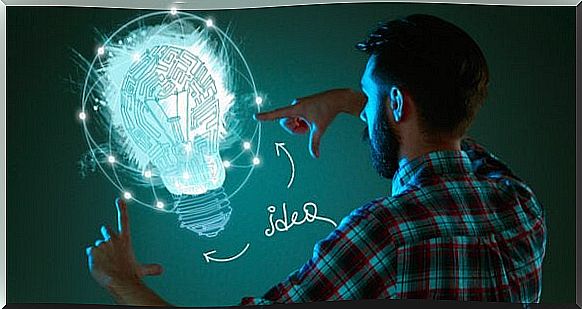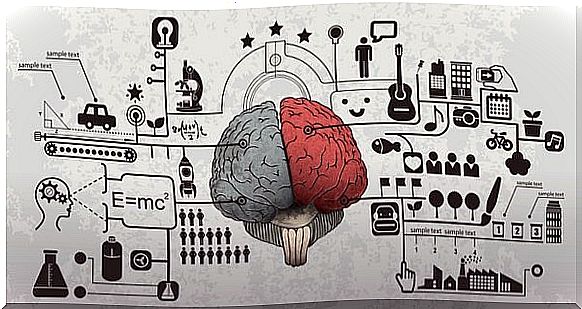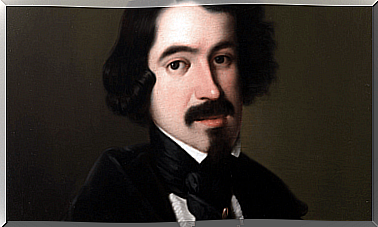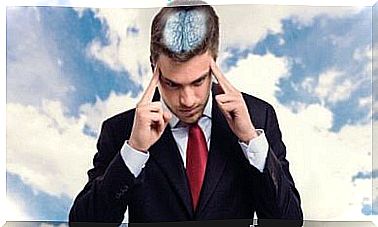Effects Of Psychology In Marketing

Have you ever seen a commercial on TV that touched you in any way? Do you start crying when you think of a certain advertisement? Your answer is probably yes. The effect that advertising has on you has to do with the psychology of marketing.
Why do some campaigns succeed in getting stuck in our memories while we forget others? It is not a coincidence or a coincidence. It is the result of a great deal of work that takes into account various variables and factors. We will now explain what psychology has to do with marketing and how this affects us humans.
How does psychology work in marketing?
Psychology in marketing is the combination of different interests and variables that try to predict trends in the consumer society.
Marketing is not limited to newspapers, radio, television or even the internet. In fact, it is everywhere around us. The way products are displayed in stores, the colors and size of the chips, the price of clothes, subtle words on the radio. In other words, everything that makes a product attractive or that catches our attention is used in marketing.
When we buy something, we try to differentiate ourselves from other people. The desire to stand out, to be different and unique, is something that you benefit from in marketing. As these individual differences are then established, other concepts such as motivation, preferences and personal judgments will play a role.

Strategies in psychology in marketing
By getting to know people’s characteristics and how people buy, you can have a greater impact on them via the media. How?
If you have ever been to the store to buy “some things” and then come home with a whole load – congratulations! You have just fallen victim to the techniques used in marketing! To be more specific, marketers use psychology in marketing to convince consumers by using strategies such as the following:
- Mechanistic: Psychoanalysis is used to repeat a slogan or image. The repetition aims to convince the consumer to buy.
- Convince: Aim to elevate a product above the competition. To do this, the advertisement provides information about properties and attributes and compares them with other similar objects. It also benefits from creativity and personal intuition.
- Projective: Here the focus is on models, cultures and lifestyles. The model emphasizes that the products match the individual’s interests or opinions. Sociology and anthropology also play a role here.
- Suggestive: This technique takes advantage of psychoanalytic techniques to read our minds. It focuses on the consumer’s anxiety, fear or stress and tries to convince the person that there is a “magic product” that is designed just for him or her.
Successful advertising that uses psychology
All successful advertising is based on important decisions. In each such case, experts in psychology and marketing contribute to the advertising having as great an impact as possible. They take into account the following factors:
- Advertising properties: colors, typography and images.
- Repetition: the number of times they should publish or broadcast the advertisement. This is one of the oldest strategies available, but is still one of the most effective. The underlying idea is that the more consumers see or hear a message, the more it will stick in the memory.
- Price: A lower price does not necessarily mean that you can sell more. It is an important factor, but there are also other variables that affect.
- Channel: Where advertising occurs (radio, television, internet, etc.)
A psychologist who works in marketing must also think about consumption trends within different age groups. The direction in which the target group develops is also important. For example, if you want to reach teenagers, you have to carry out campaigns on the internet or via mobile phones. Given their age, it is a good idea to give support to their identity, something that is very important during this stage of life.

The psychology of colors
Experts in psychology and marketing must also take into account the colors used in a campaign. Each color has a symbolism.
- White gives a feeling of emptiness and purity.
- Blue gives a feeling of freshness, transparency and relief. It also has a calming effect.
- Yellow gives a feeling of empathy, extroversion, joy and youth.
- Red sends out strength, power and attracts attention.
- Green symbolizes hope, nature and is also a very calm color.
Every detail in advertising is important. Psychology in marketing gives us strategies for influencing and convincing people. And you are the goal! The question now is: are you taking this?








